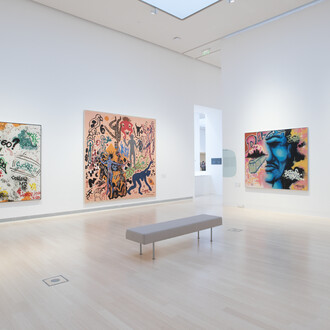This exhibition acts as an introductory part to the exhibitions ‘Forestry’ and ‘Natural values, conservation’.
The use of naturally growing plants is as old as the history of the human race, since the gathering lifestyle was part of the process of human evolution.
The exhibition aims to approach the ancient and current use of plants from two different angles. One is according to the field of use, such as the gathering of plants for nourishment, medicine and household purposes. Especially valued are those relics that are related to the traditional knowledge and use of plants, since both the developing medicinal science and modern dietetics have derived and developed their knowledge of several plants from former rural practices.
Another aspect from which natural plant life can be presented is the display of how the various parts of plants were used. Humans in the past centuries cut, picked or harvested one particular plant for its root, another for its stem, leaf, flower, and, naturally, for its fruit. However, this use of naturally growing, not cultivated plants had been gradually replaced and almost completely ousted by the appearance of synthetic materials.
On the other hand, the renewed popularity of natural materials saved some industries from oblivion. Objects made of wicker, rush or reed are typical examples.
An example for the partial transformation of natural plant life, such as plantation, is the mulberry tree. The mulberry, which has been regarded in Hungary for centuries as indigenous, was introduced for breeding silkworms.
While silkworm breeding is connected to leafs, beekeeping relies specifically on flowers. Our museum found a venue in this exhibition for presenting some relics and tools of beekeeping, both its ancient foraging and traditional peasant forms, as well as the modern, hiving way of apiculture.
















